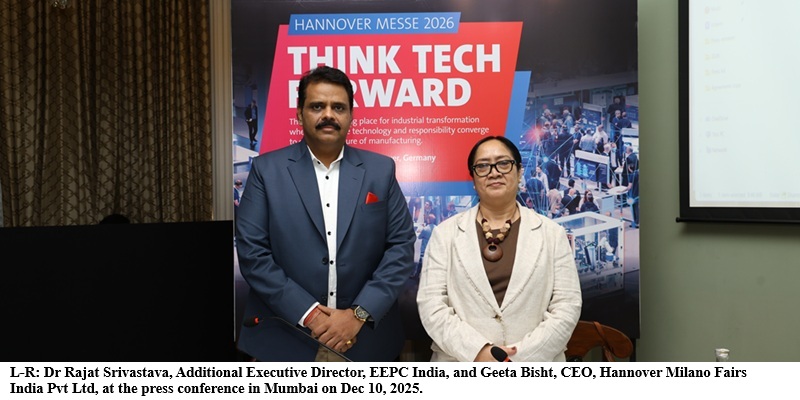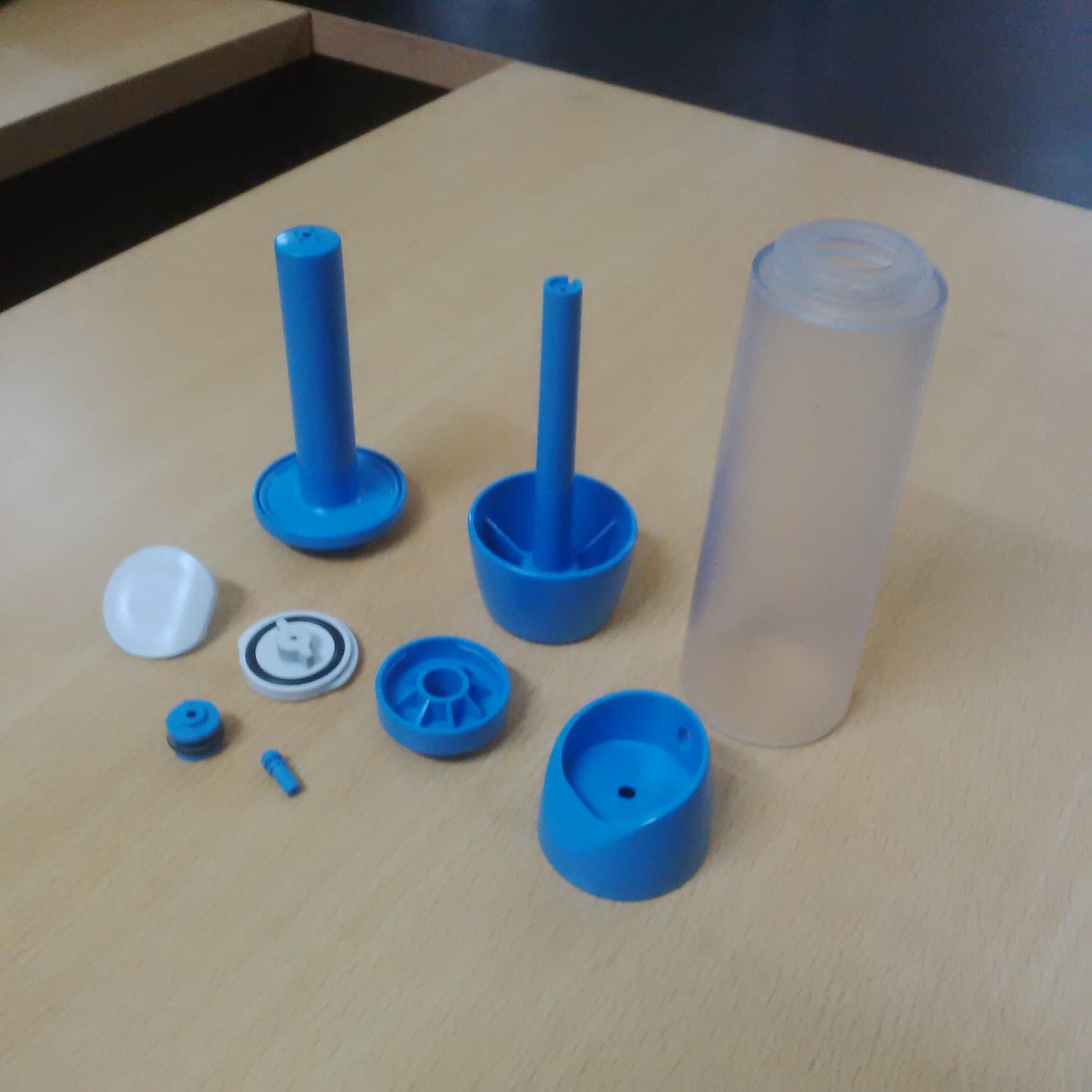Schedule a Call Back
PLM redefining the future of product designing
 Articles
Articles- Dec 01,18

Related Stories

3D Printing Strengthens the Foundations of Smart Manufacturing
The global 3D printing market was estimated at $30.55 billion in 2025 and is projected to reach $168.93 billion by 2033, growing at a compound annual growth rate of 23.9 per cent from 2026 to 2033.
Read more
Hannover Messe 2026 to focus on automation & digitalization, adds Defense Area
At the upcoming Hannover Messe, AI will be a recurring theme throughout all the halls, and will play a central role on almost all stands.
Read more
Marelli Unveils Intelligent Energy Management System for Hybrid and Electric Vehicles
This holistic approach to vehicle energy optimisation maximises efficiency across all vehicle systems, delivering enhanced battery range, optimised fast charging and improved longevity.
Read moreRelated Products

Product Design, Engineering, and Prototyping
"CGCE P Ltd", provides the latest design in rapid prototyping services. Using the latest technology, 3D Printing, FDM, SLA, Vacuum Casting and CNC Machining, CGCE can provide the best prototype soluti Read more

Power Mill
* Create precision complex parts with advanced CNC programming Read more














